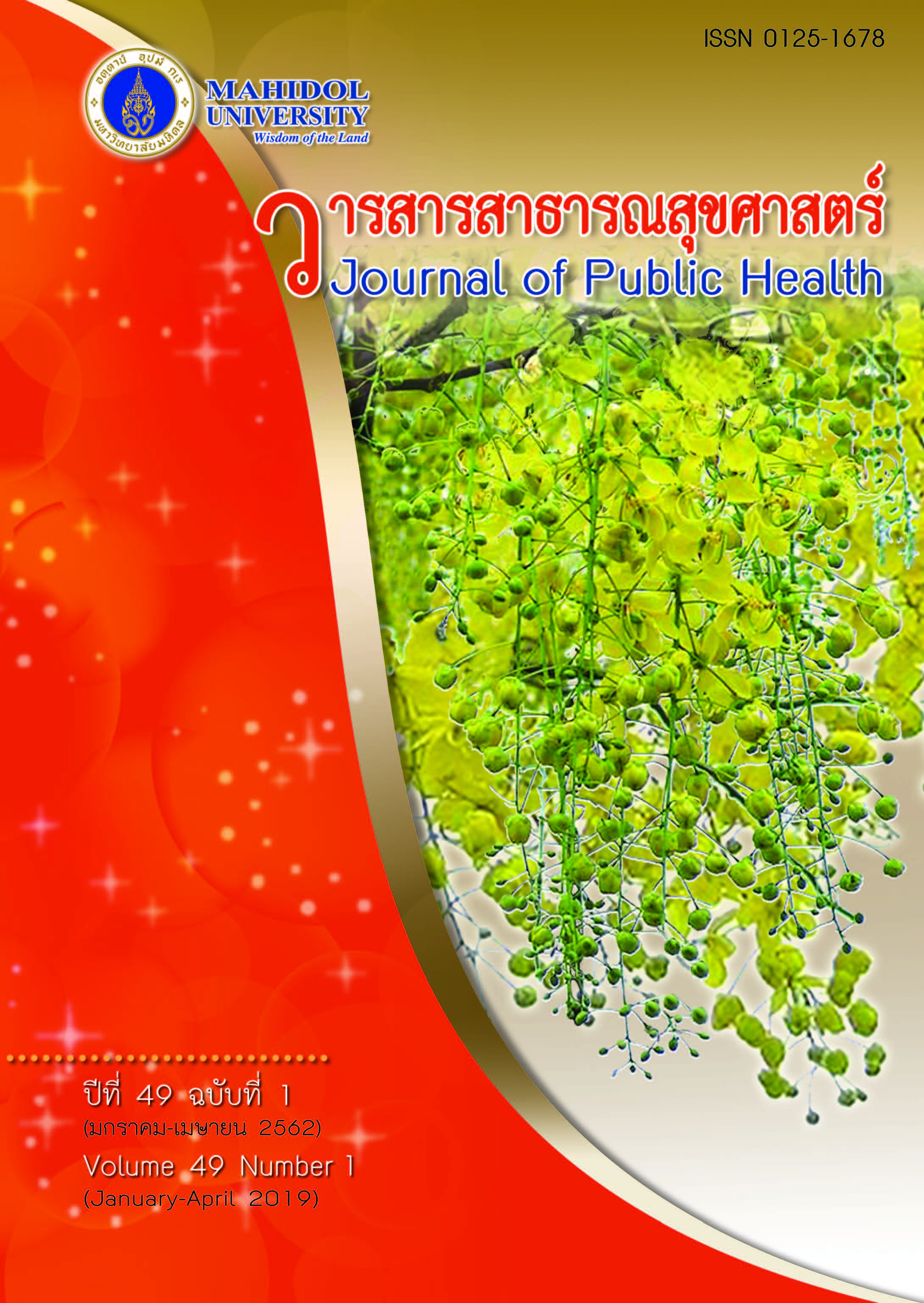Leaching Potential of Heavy Metals and Toxicity of Sediment in Leachate Treatment Ponds of Municipal Solid Waste Disposal Sites
Keywords:
sediment, leachate treatment pond, municipal solid waste, heavy metals, leaching potential, toxicityAbstract
The objective of this study was to determine the leaching potential of heavy metals and toxicity of sediment in leachate treatment ponds of 4 municipal solid waste (MSW) disposal sites in Thailand. The physical and chemical characteristics of sediment were analyzed in the laboratory. Further, the leaching potential of heavy metals in sediment was measured using the Waste Extraction Test (WET). In addition, seed germination test using lettuce (Lactuca sativa L.) was used to evaluate the toxicity of the sediment. The results revealed that concentration of iron in sediment and extracted solution of sediment from the 4 study sites was highest compared with manganese, zinc, copper, lead and nickel. However, the concentrations of zinc, copper, lead and nickel in the extracted solution were lower than the Soluble Threshold Limit Concentration (STLC) for sewage and unused materials to be classified as hazardous waste. Nickel and lead in sediment exhibited a higher leaching rate than lead, manganese, zinc and copper. The result of study also showed the toxicity of extracted solution from sediment to the germination rate of lettuce. The result of study may be used to identify appropriate technologies and management measures for sediment from leachate treatment ponds.
Downloads
Published
Issue
Section
License
Creative Commons License CC-BY-ND

